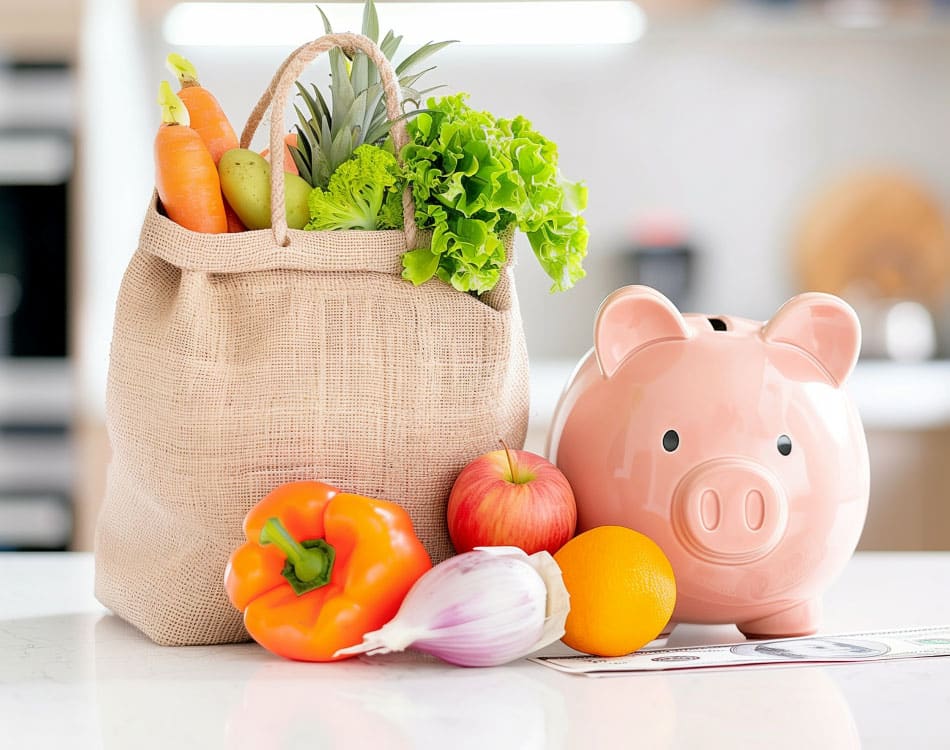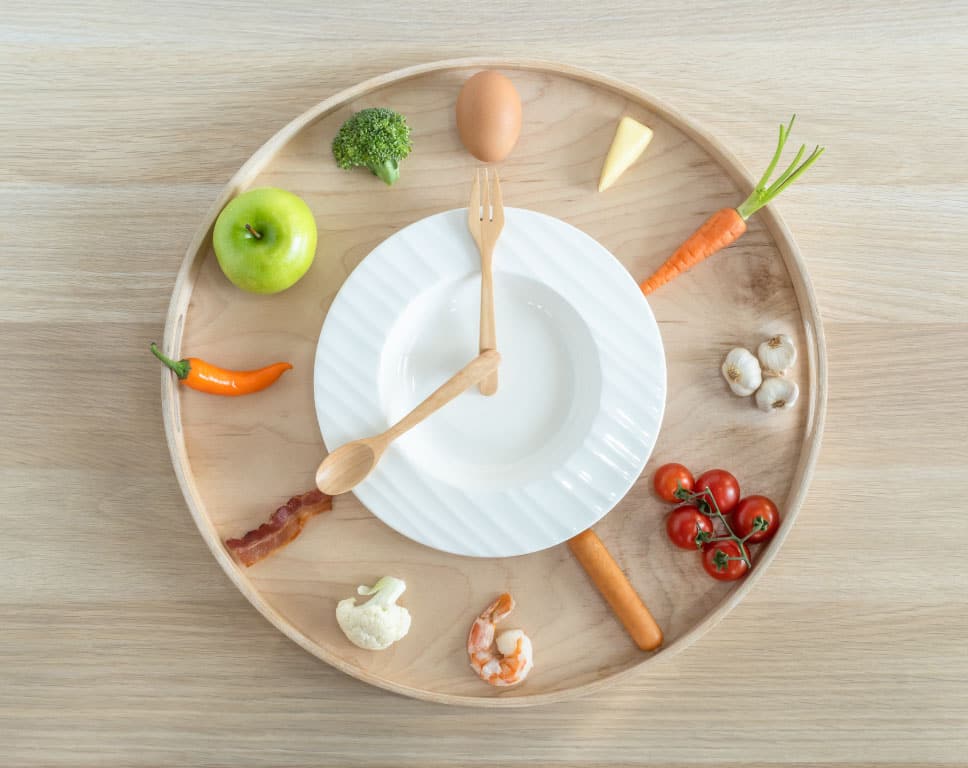Shopping for healthful foods at the grocery store can be a daunting task if you are trying to stick to a budget without compromising on the quality of the food you eat.
Follow these practical shopping tips to help you make smarter choices and get the most out from your budget:
1. Plan Your Meals
Planning your meals ahead of time is crucial for efficient food shopping. Create a weekly menu and make a list of all the ingredients you need. This helps you avoid impulse buys and ensures you have everything you need to prepare balanced meals. Additionally, meal planning can help reduce food waste by allowing you to buy only what you need and use it before it spoils1.
2. Stick to Your Shopping List
Once you have your list, stick to it. Avoid wandering through aisles that don’t have items on your list, as this can lead to unnecessary purchases. Sticking to your list helps you stay focused and reduces the chances of buying unhealthy or unnecessary snacks or additional foods. Making a list also saves time, as you can quickly locate the items you need without getting distracted2.
3. Buy in Season
Fruits and vegetables that are in season are sometimes cheaper and fresher. Plan your meals around seasonal produce to save money and enjoy better-tasting fruits and vegetables. In addition, seasonal produce can be more nutrient-dense and has a lower environmental impact due to reduced cold storage and transportation requirements3.
4. Buy in Bulk
For non-perishable items or foods you use frequently, buying in bulk can save money. Items like rice, pasta, canned goods, and frozen vegetables are often cheaper when purchased in larger quantities. Bulk buying also reduces packaging waste and the number of trips you need to make to the store4.
5. Use Loyalty Programmes
Take advantage of store loyalty programmes to save money. Many stores offer digital coupons or discounts for loyalty programme members. Check weekly flyers, adverts, broadsheets and store apps for deals before you shop. The regular Dis-Chem 2+1 cheapest free promos offer great value, letting you stock up on essential items or products you use often. Coupons and sales can also provide significant savings, especially when combined with store sales, and loyalty programs often offer exclusive discounts and rewards5.
6. Shop the Perimeter
Most grocery stores are designed with fresh produce, dairy, meat, and bread around the perimeter in the cold storage sections. Shopping these sections first can help you fill your cart with healthier options before heading to the centre aisles, which often contain processed foods. These perimeter items are generally fresher and contain fewer additives compared to pre-packaged foods found in the middle aisles6.
7. Read Nutrition Labels
Understanding nutrition labels can help you make healthier choices. Look for foods low in added sugars, sodium, and unhealthy fats. Pay attention to serving sizes and compare products to choose the best options. Nutrition labels provide valuable information about the nutritional content of foods, helping you avoid items with hidden sugars or unhealthy ingredients7.
8. Choose Whole Foods
Whenever possible, choose whole foods such as fresh fruits, vegetables, lean meats, and whole grains. Whole foods are more nutritious and can help you maintain a healthy diet. Reducing your intake of processed foods can also lower your risk of chronic diseases such as heart disease and diabetes8.
9. Buy Frozen Fruits and Vegetables
Frozen fruits and vegetables are a convenient and cost-effective alternative to fresh produce. They are typically frozen at their peak ripeness, preserving their nutritional value. You can use frozen produce in a variety of dishes, and having them on hand can reduce the likelihood of ordering takeout or eating unhealthy snacks9.
10. Avoid Shopping When Hungry
Shopping on an empty stomach can lead to impulse buys, especially unhealthy, high-calorie foods. Eat a healthy snack before you go shopping to keep your hunger in check and make better food choices. Hunger can also affect your ability to make rational decisions, leading to buying items you don’t need or overindulging in unhealthy snacks10.
Balancing a budget while making healthy food choices requires a bit of planning and mindfulness, but the benefits are worth it. By following these tips, you can make healthier choices, save money, and reduce food waste.
References
- Epp, A., & Price, L. (2008). The storied life of singularized objects: Forces of agency and network transformation. Journal of Consumer Research, 36(5), 820-837.
- Finkelstein, E. A., Trogdon, J. G., Cohen, J. W., & Dietz, W. (2010). Annual medical spending attributable to obesity: Payer-and service-specific estimates. Health Affairs, 28(5), w822-w831.
- Blanck, H. M., Nebeling, L., Yaroch, A. L., Thompson, O. M., & Nelson, D. E. (2011). Food shopping patterns and meal planning behaviors: Associations with dietary intake among US adults. Journal of the American Dietetic Association, 111(1), 80-85.
- Pereira, M. A., Kartashov, A. I., Ebbeling, C. B., Van Horn, L., Slattery, M. L., Jacobs Jr, D. R., & Ludwig, D. S. (2012). Fast-food habits, weight gain, and insulin resistance (the CARDIA study): 15-year prospective analysis. The Lancet, 365(9453), 36-42.
- Gauri, D. K., Sudhir, K., & Talukdar, D. (2008). The temporal and spatial dimensions of price search: Insights from matching household survey and purchase data. Journal of Marketing Research, 45(2), 226-240.
- Escaron, A. L., Meinen, A. M., Nitzke, S. A., & Martinez-Donate, A. P. (2013). Supermarket and grocery store–based interventions to promote healthful food choices and eating practices: A systematic review. Preventing Chronic Disease, 10, E50.
- Campos, S., Doxey, J., & Hammond, D. (2011). Nutrition labels on pre-packaged foods: A systematic review. Public Health Nutrition, 14(8), 1496-1506.
- Monteiro, C. A., Levy, R. B., Claro, R. M., de Castro, I. R. R., & Cannon, G. (2011). A new classification of foods based on the extent and purpose of their processing. Cadernos de Saúde Pública, 26(11), 2039-2049.
- Liu, S., Willett, W. C., Manson, J. E., Hu, F. B., Rosner, B., & Colditz, G. (2000). Relation between changes in intakes of dietary fiber and grain products and changes in weight and development of obesity among middle-aged women. The American Journal of Clinical Nutrition, 78(5), 920-927.
- Tal, A., & Wansink, B. (2013). Fattening fasting: Hungry grocery shoppers buy more calories, not more food. JAMA Internal Medicine, 173(12), 1146-1148.















